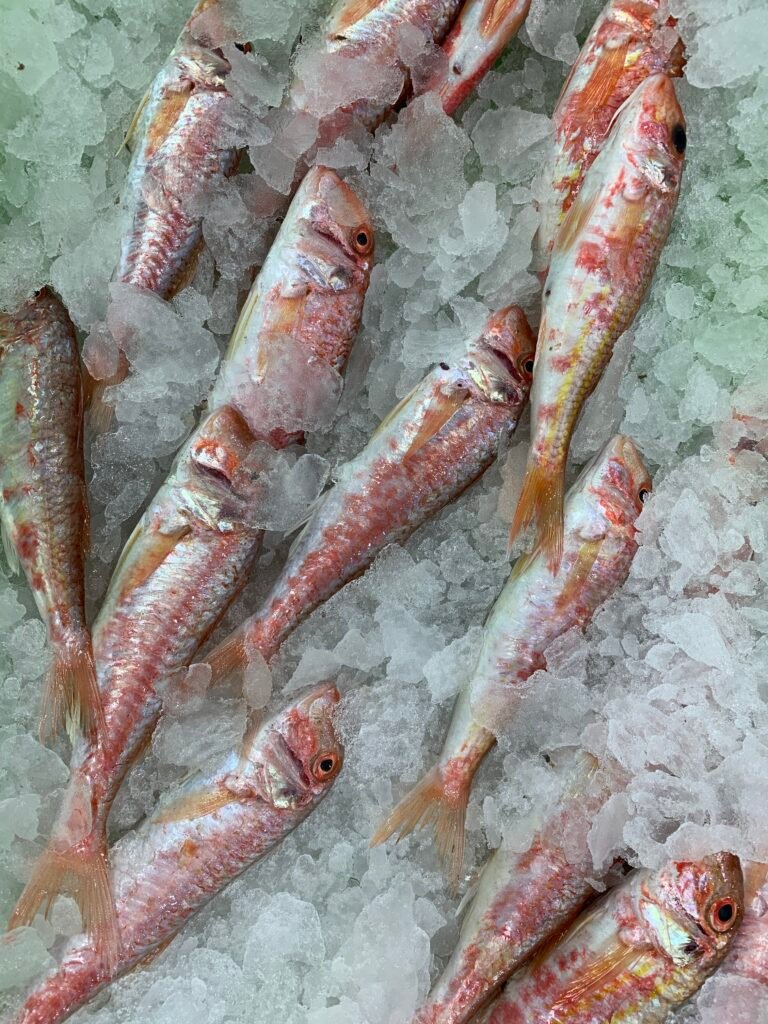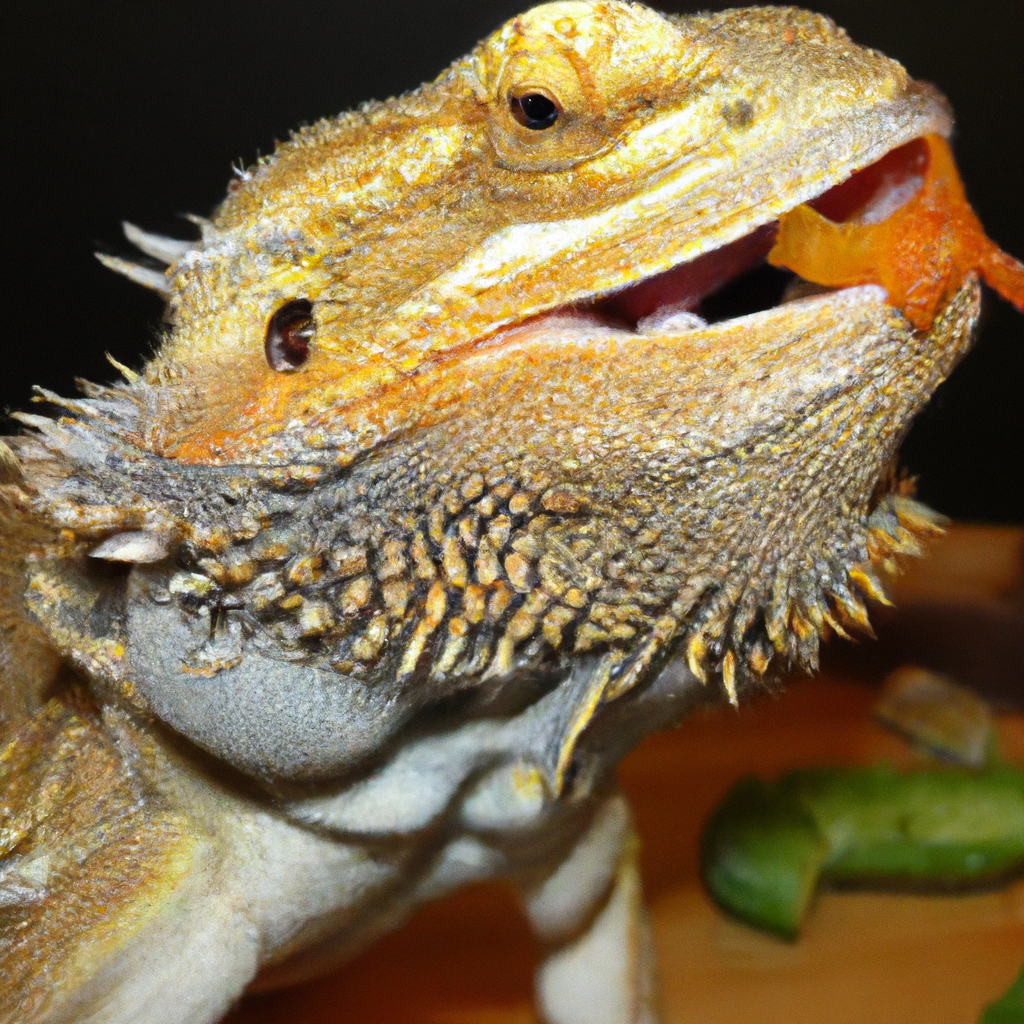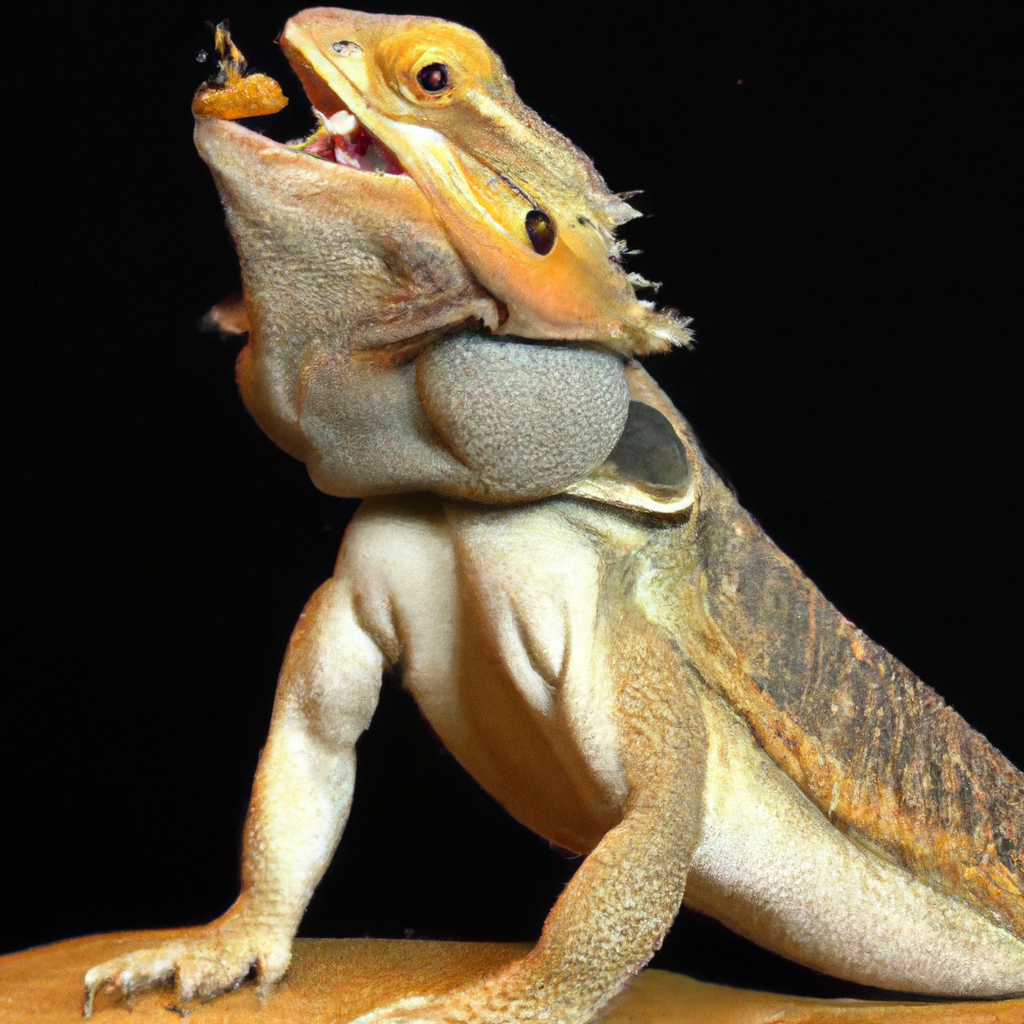Looking to keep your bearded dragon happy and healthy? Look no further than our comprehensive guide on “Dragón Barbudo Alimentación.” Discover the essential tips and tricks to properly nourish your scaly friend, from selecting the right food to creating a balanced diet. Whether you’re a seasoned owner or just starting out, this article is your go-to resource for ensuring the optimal nutrition for your bearded dragon. So sit back, relax, and let us show you how to be the best dragon chef in town!
Habitat and Natural Diet

Native Environment
Bearded dragons, also known as Pogona vitticeps, are native to the arid regions of Australia. These fascinating reptiles are found in various habitats including deserts, grasslands, and woodlands. In the wild, they are known to inhabit rocky outcrops and bask under the sun to regulate their body temperature. Understanding their natural environment is crucial when it comes to providing them with a proper diet.
Natural Diet
In their natural habitat, bearded dragons have an omnivorous diet, meaning they consume a wide variety of both animal and plant matter. Their diet mainly consists of insects such as crickets, roaches, mealworms, and waxworms. They also enjoy feasting on a variety of vegetables, greens, and fruits. This balanced diet is essential for their overall health and well-being.
Getting Started with Bearded Dragon Feeding
Understanding the Nutritional Needs
To ensure your bearded dragon remains healthy, it’s essential to understand their nutritional needs. They require a diet that is rich in protein, vitamins, minerals, and fiber. Providing a balanced diet that mimics their natural one is crucial. feeding them a variety of insects, vegetables, and greens will help meet their nutritional requirements.
Creating a Feeding Schedule
Establishing a regular feeding schedule is important for a bearded dragon’s digestion and overall well-being. Baby bearded dragons should be fed more frequently, typically 2-3 times a day. As they grow into adults, their feeding frequency can be reduced to once a day or every other day. Creating a consistent routine will help them anticipate and enjoy mealtime.

Choosing the Right Feeder Insects
Feeder insects are an essential part of a bearded dragon’s diet, providing necessary protein and essential nutrients. When selecting insects for your dragon, it’s important to choose ones that are nutritionally balanced. Crickets, roaches, and mealworms are commonly used feeder insects. It’s crucial to ensure they are gut-loaded with nutritious foods before offering them to your bearded dragon.
Offering Vegetables and Greens
In addition to feeder insects, bearded dragons require a variety of vegetables and greens in their diet. Leafy greens such as collard greens, dandelion greens, and kale are excellent choices. They should also be offered a variety of vegetables such as squash, bell peppers, and carrots. These plant-based foods provide essential vitamins, minerals, and fiber to keep your dragon healthy.
Feeding Baby Bearded Dragons
Introduction to Solid Foods
When baby bearded dragons are around 4-6 weeks old, they can be gradually introduced to solid foods. At this stage, they will still rely on their yolk sac for nutrition, but it’s important to start exposing them to a variety of insects and plant matter.
Feeding Schedule for Hatchlings
Hatchlings have higher metabolic rates than adults and require more frequent feedings. It is recommended to feed them 2-3 times a day, offering a variety of appropriately sized insects and finely chopped vegetables. This frequent feeding schedule ensures they receive the necessary nutrients for growth and development.

Selecting Properly Sized Insects
When feeding baby bearded dragons, it’s important to select appropriately sized insects that are small enough for them to easily consume. Small crickets, appropriately sized roaches, and small mealworms are suitable choices. Avoid offering insects that are too large, as they may pose a choking hazard.
Introducing Vegetables
As baby bearded dragons grow, it’s important to gradually introduce vegetables into their diet. Start by offering finely chopped greens and vegetables alongside their insect feedings. As they become more comfortable with solid foods, you can gradually increase the proportion of plant matter in their diet.
Feeding Adult Bearded Dragons
Adult Nutrition Requirements
Adult bearded dragons have different dietary needs compared to their younger counterparts. They require a more balanced ratio of vegetables, greens, and insects. About 80% of their diet should consist of plant matter, including a wide variety of vegetables and leafy greens. The remaining 20% should be made up of insect protein.
Feeding Schedule for Adult Dragons
Unlike baby bearded dragons, adult dragons can thrive on a once-daily feeding schedule. You can feed them a mixture of insects and vegetables, alternating the types of insects and the vegetables offered to provide dietary variety. This feeding routine allows them to maintain a healthy weight and digestive system.

Balancing Insects and Greens
When feeding adult bearded dragons, it’s important to strike a balance between feeder insects and plant matter. Offering a variety of nutrient-rich vegetables and greens will ensure they receive the necessary vitamins and minerals. Feeder insects should be gut-loaded and dusted with calcium powder before being offered to your dragon.
Supplementation and Calcium Needs
Bearded dragons require proper calcium supplementation to support their bone health. By dusting their food with a calcium supplement a few times a week, you can ensure they receive adequate calcium intake. This is especially important for breeding females and growing juveniles. Consult with a reptile veterinarian to determine the appropriate supplementation routine for your dragon.
Hydration and Water Needs
Importance of Hydration
Proper hydration is crucial for the overall health and well-being of bearded dragons. While they obtain most of their water from the foods they eat, it’s essential to ensure they have access to fresh, clean water. Dehydration can lead to serious health issues, so always monitor your dragon’s water intake.
Providing a Water Dish
Bearded dragons should be provided with a shallow water dish that allows them to easily drink from and soak in. The water dish should be cleaned and refilled with fresh water daily. Ensure that the water level is shallow enough to prevent the risk of drowning.

Misting and Bathing
In addition to providing a water dish, bearded dragons can benefit from periodic misting and bathing. Misting their enclosure with water can simulate rainfall and encourage them to drink and stay hydrated. Bathing your dragon in lukewarm water a few times a week not only ensures proper hydration but also aids in shedding and maintaining skin health.
Common Feeding Issues and Concerns
Refusal to Eat
It’s not uncommon for bearded dragons to refuse to eat at times. Various factors, such as stress, illness, or changes in their environment, can contribute to a loss of appetite. If your bearded dragon refuses to eat for more than a couple of days, it is advisable to seek guidance from a reptile veterinarian to rule out any underlying health concerns.
Loss of Appetite
A sudden loss of appetite can be a cause for concern with bearded dragons. It may indicate an underlying health issue or improper husbandry. If your dragon consistently refuses to eat or shows other signs of illness, such as lethargy or weight loss, it’s crucial to consult with a reptile veterinarian as soon as possible.
Overfeeding and Obesity
Overfeeding can lead to obesity, which can have serious health consequences for bearded dragons. It’s important to monitor their food intake and ensure they are not consuming excessive amounts of insects or high-calorie foods. Maintaining a balanced diet and proper feeding schedule will help prevent overfeeding and keep your dragon at a healthy weight.
Impaction Risks
Bearded dragons are prone to developing impactions, which occur when they ingest indigestible materials or excessively large prey items. This can lead to blockages in their digestive system and potentially life-threatening complications. It’s crucial to provide appropriately sized prey items and avoid feeding them loose substrate that can be ingested accidentally.
Special Considerations
Feeding During Brumation
Brumation is a period of decreased activity and slowed metabolism that bearded dragons enter during the colder months. During this time, their feeding habits may change, and they may reduce or stop eating altogether. It’s important to monitor their weight and provide water during this period. Consult with a reptile veterinarian for guidance on feeding and care during brumation.
Feeding Bearded Dragons with Health Issues
Bearded dragons with health issues may require special dietary considerations. Certain illnesses or conditions may require modifications to their diet or additional nutritional supplements. If your dragon has a specific health concern, consult with a reptile veterinarian who can provide guidance tailored to their individual needs.
Feeding Bearded Dragons on a Budget
feeding a bearded dragon on a budget is possible with careful planning. Researching affordable feeder insect options, sourcing vegetables and greens from local markets, and utilizing coupons or sales can help reduce costs. Providing a balanced diet doesn’t have to break the bank, and with a little creativity, you can ensure your dragon receives proper nutrition without overspending.
Frequently Asked Questions
How often should I feed my bearded dragon?
Baby bearded dragons should be fed 2-3 times a day, while adult dragons can be fed once a day or every other day. Feeding frequency may vary depending on individual needs and health conditions. Observe your dragon’s appetite and adjust the feeding schedule accordingly.
What insects are safe to feed my dragon?
There are many safe insects to feed your bearded dragon, including crickets, roaches, mealworms, and waxworms. It’s important to ensure the insects are appropriately sized for your dragon and have been properly gut-loaded and dusted with calcium powder.
Can bearded dragons eat fruits?
While bearded dragons primarily have an insect and vegetable-based diet, they can enjoy some fruits occasionally as treats. Fruits should be offered sparingly due to their high sugar content. Safe fruits for bearded dragons include berries, melons, and thinly sliced apples. Always remove any seeds or pits before offering fruits to your dragon.
Conclusion
Feeding your bearded dragon a balanced and nutritionally appropriate diet is essential for their long-term health and well-being. By understanding their natural habitat and dietary needs, creating a feeding schedule, and offering a variety of feeder insects, vegetables, and greens, you can provide your dragon with the nutrients they require. Remember to always monitor their hydration, address common feeding issues, and seek guidance from a reptile veterinarian if needed. With proper care and a well-planned diet, your bearded dragon will thrive and live a happy, healthy life.